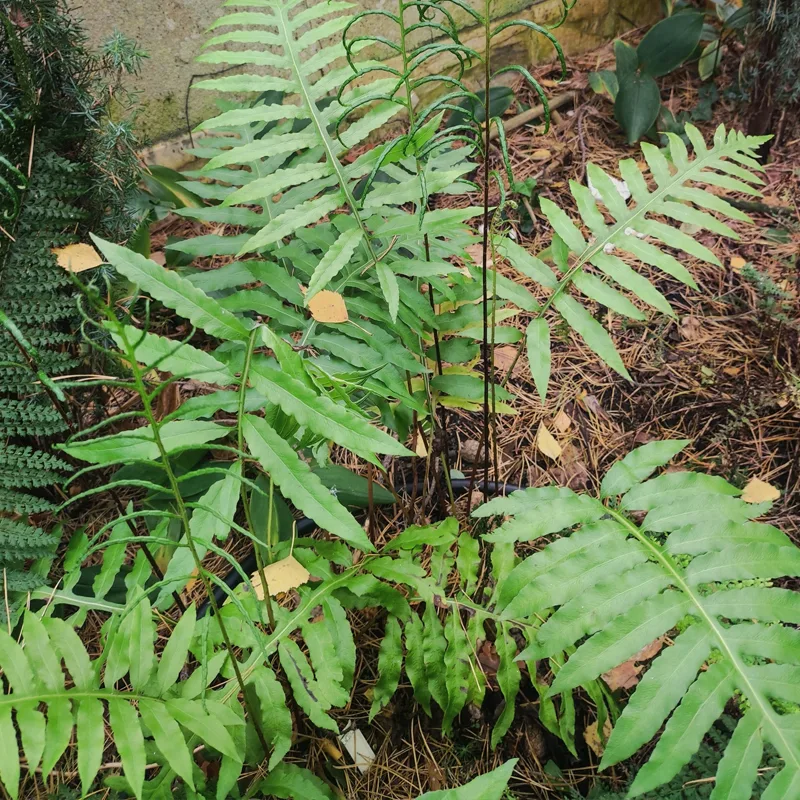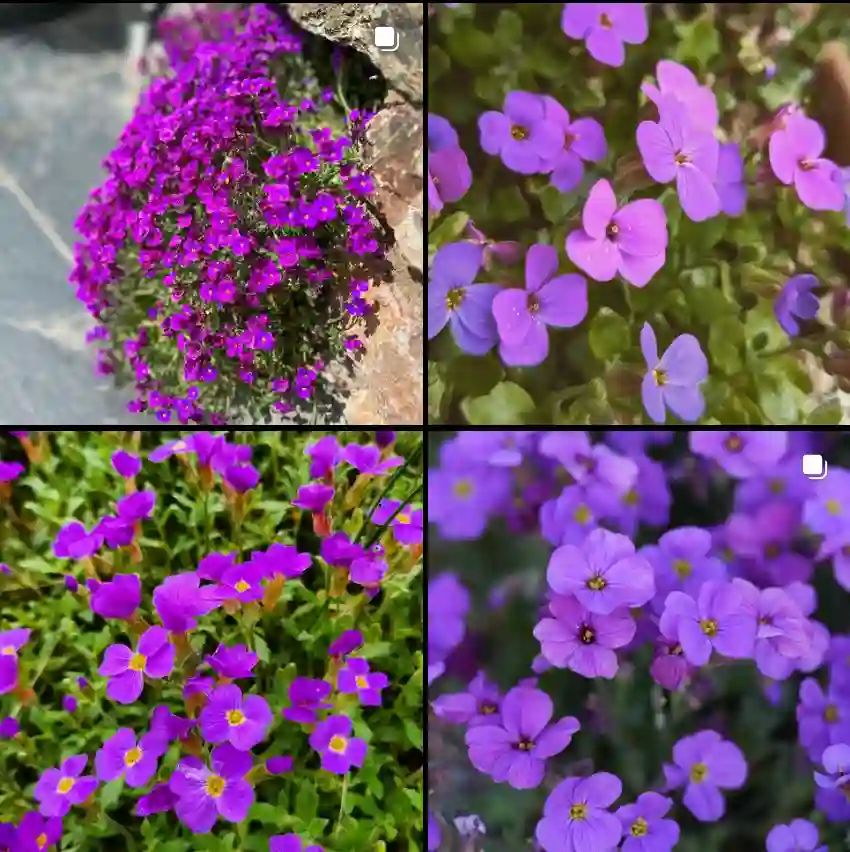
What Is Tanacetum Parthenium?
Tanacetum Parthenium, commonly known as feverfew, is a perennial herb renowned for its medicinal and ornamental uses. Native to the Mediterranean region, it has gained popularity worldwide for its vibrant green foliage and small, daisy-like flowers. The plant is often used in traditional medicine for its potential to alleviate symptoms of fever, headaches, and arthritis.
135 Species in Genus Tanacetum
How to Use Tanacetum Parthenium?
Using Tanacetum Parthenium varies depending on its intended purpose. In traditional medicine, it’s often brewed into a tea to help with fever and headache relief. The leaves can also be consumed raw or added to salads for their slightly bitter taste. For a more potent effect, feverfew supplements in capsule or tincture form are available. However, it’s essential to consult with a healthcare provider before starting any new herbal regimen, especially if you’re taking other medications.
Is Tanacetum Parthenium Poisonous to Cats?
Tanacetum Parthenium is considered toxic to cats. Ingesting even small amounts can lead to symptoms such as vomiting, diarrhea, and abdominal pain. If you suspect your cat has ingested feverfew, it’s crucial to contact a veterinarian immediately. The plant contains compounds that can be harmful to pets, so it’s best to keep it out of reach of your furry friends.
How to Care for Tanacetum Parthenium?
Caring for Tanacetum Parthenium involves understanding its basic needs. This plant thrives in well-drained soil and prefers full sun to partial shade. It’s relatively low-maintenance, requiring regular watering but not frequent fertilization. Pruning the plant can help maintain its shape and promote better flowering. Tanacetum Parthenium is hardy and can tolerate cooler temperatures, making it suitable for various climates.
How to Propagate Tanacetum Parthenium?
Propagating Tanacetum Parthenium is quite straightforward. You can start by sowing seeds directly into the soil or starting them indoors about 6-8 weeks before the last frost. The seeds should be lightly covered with soil and kept moist until they germinate. Alternatively, you can propagate feverfew through division in the spring or fall. Simply divide the root clumps and replant them in well-drained soil.
What to Plant With Tanacetum Parthenium?
Tanacetum Parthenium pairs well with a variety of other plants. In the garden, it complements other flowering perennials such as coneflowers and black-eyed Susans. Its bright blooms also look attractive alongside herbs like lavender and rosemary. When planting feverfew, consider companion plants that have similar growing conditions for a harmonious garden arrangement.
Can You Grow Tanacetum Parthenium Indoors?
Growing Tanacetum Parthenium indoors is possible but can be challenging. It requires a lot of light, so a sunny windowsill or grow lights are necessary. The plant needs well-draining soil and regular watering but avoid waterlogging. Indoor conditions may not fully replicate its natural environment, which could affect its growth and flowering.
Is Tanacetum Parthenium a Perennial?
Yes, Tanacetum Parthenium is a perennial plant. It typically returns each year, making it a valuable addition to gardens. The plant’s ability to reappear annually adds to its appeal for gardeners seeking low-maintenance, long-lasting blooms.
Benefits of Tanacetum Parthenium
The benefits of Tanacetum Parthenium extend beyond its ornamental value. Medically, it has been used traditionally to treat various ailments such as migraines and menstrual cramps. The plant contains compounds that may help reduce inflammation and relieve pain. Additionally, its bright flowers attract pollinators like bees and butterflies, enhancing garden biodiversity.
Common Problems with Tanacetum Parthenium
While Tanacetum Parthenium is generally hardy, it can encounter a few problems. Common issues include powdery mildew, which can be managed with proper spacing and good air circulation. Aphids and other pests might also pose a problem, but they can usually be controlled with insecticidal soap or neem oil. Overwatering can lead to root rot, so it’s crucial to ensure proper drainage.
Compare with Other Similar Plants
Tanacetum Parthenium is often confused with other plants like Chrysanthemum. While both have daisy-like flowers, Chrysanthemums typically have larger blooms and are used more for ornamental purposes rather than medicinal ones. Additionally, feverfew differs from the related Tanacetum cinerariifolium, known for its role in insecticides due to its pyrethrin content.
Tanacetum Parthenium is a versatile and beneficial plant with a range of uses and needs. Whether you’re growing it for its medicinal properties, its garden beauty, or its compatibility with other plants, it’s a worthwhile addition to many gardens.
If i die, water my plants!



